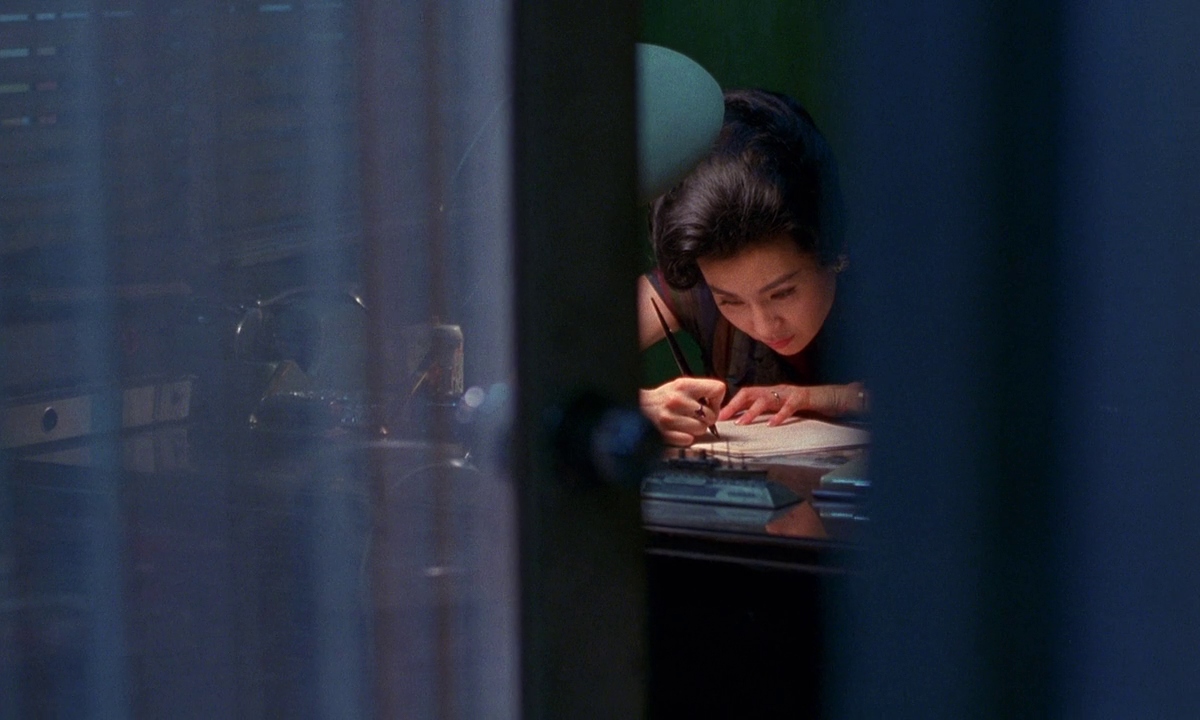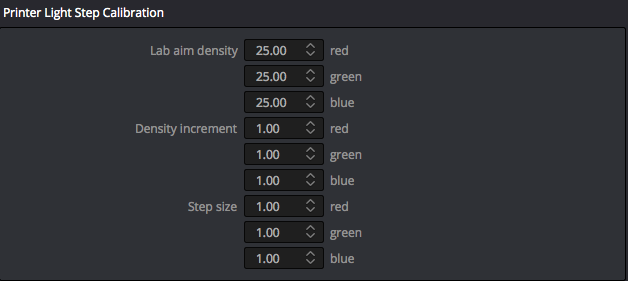-
Posts
6 -
Joined
-
Last visited
Reputation
8 NeutralAbout neila
- Birthday 01/18/1991
Recent Profile Visitors
1,452 profile views
-
I started working on a project recently that is intended to be very dark, nearly black. It's a one room setup at night with the goal to seem lit by candles and a window. My approach has been to keep a consistent luminance level on focal points of shots and let the rest fall where it will. Because of this, there's a lot of signal being compressed into the blacks that we're fine with letting go into shadow. The look is essentially what we want, but the inevitable compression that will muddy up shadow detail and add banding is in the back of my mind. What kind of approaches do some of you take for near black looks? Is future compression in mind when you work?
- 1 reply
-
- 1
-

-
- soft clipping
- blacks
-
(and 2 more)
Tagged with:
-

ACES otd - REC709 to SRGB (Davinci Resolve)
neila replied to Orash Rahnema's topic in Editing , Color grading & Finishing
Just happened to be reading through a thread on the acescentral.com forums that might be relevant: http://acescentral.com/t/p3-to-709-workflows/1177/6 Doug Walker: "Note that sRGB is very different from gamma 2.2 in the shadows and the ACES transforms really use the sRGB curve, not 2.2." -
Not sure if it's common knowledge, but I figured I'd add to the discussion. For several of the Sony OLEDs, you actually have to set the white point to different coordinates while calibrating. The Sony Trimaster EL OLEDs specifically have an interesting failure of metamerism. Even though the scopes read D65 white coming off the monitor (which it physically is), our eyes don't see it as D65. People have done some research on this and recommend adding an offset to your white point before calibrating. I believe Sony even acknowledged the issue and sanctions this work around. I've personally worked on a PVM 2541 calibrated using this method, and to my eye it looks correct. Attached are some specifics on the issue. Anyone more savvy on the subject feel free to chime in! White Balance of Trimaster EL Monitors.pdf
-
Thanks Abby, that clears things up quite a bit. Just so I'm understanding it correctly, do you think that means adding 1 point to all 3 colors increases brightness by 1/12 of a stop when the density increment for each color is set to 1? Stop me if I'm overthinking this or have the wrong terminology, these kinds of things fascinate me. Here are the default settings in Resolve and Lustre that I'm curious about: I went down a bit of a rabbit hole researching how Baselight handles printer points. Found an interesting little tidbit in their Truelight/ACES tutorial video at the 17:50 mark. He says, "a stop in Film Grade is roughly 4.5 in ACEScc." So I guess an obvious thing I hadn't considered before was how the working space effects increasing/decreasing f-Stops.
-
Hey everyone, I'm new to this forum but I really like the discussions I'm seeing on here thus far. I'm always trying to learn so places like these are absolutely invaluable to me. So I'll start off by saying thanks! I wanted to see if anyone had any insight on Printer Lights. I try to use them quite a bit for balancing and brightness, but I don't really know the best practice for doing so. For instance, for someone who isn't sending any renders out to a lab to be printed, I've never needed to change the default Density values. But I've seen different defaults in different programs (Resolve defaults to 1, Lustre defaults to 6.25), why is that? Is it simply a feel thing or is there a setting that makes more mathematical sense? I know they relate to f-Stop exposure levels, but the number of Steps and at what Density is equal to a 1-Stop change is fuzzy to me. If anyone has insight on this or any other tips and tricks regarding printer lights I'd greatly appreciate it.





